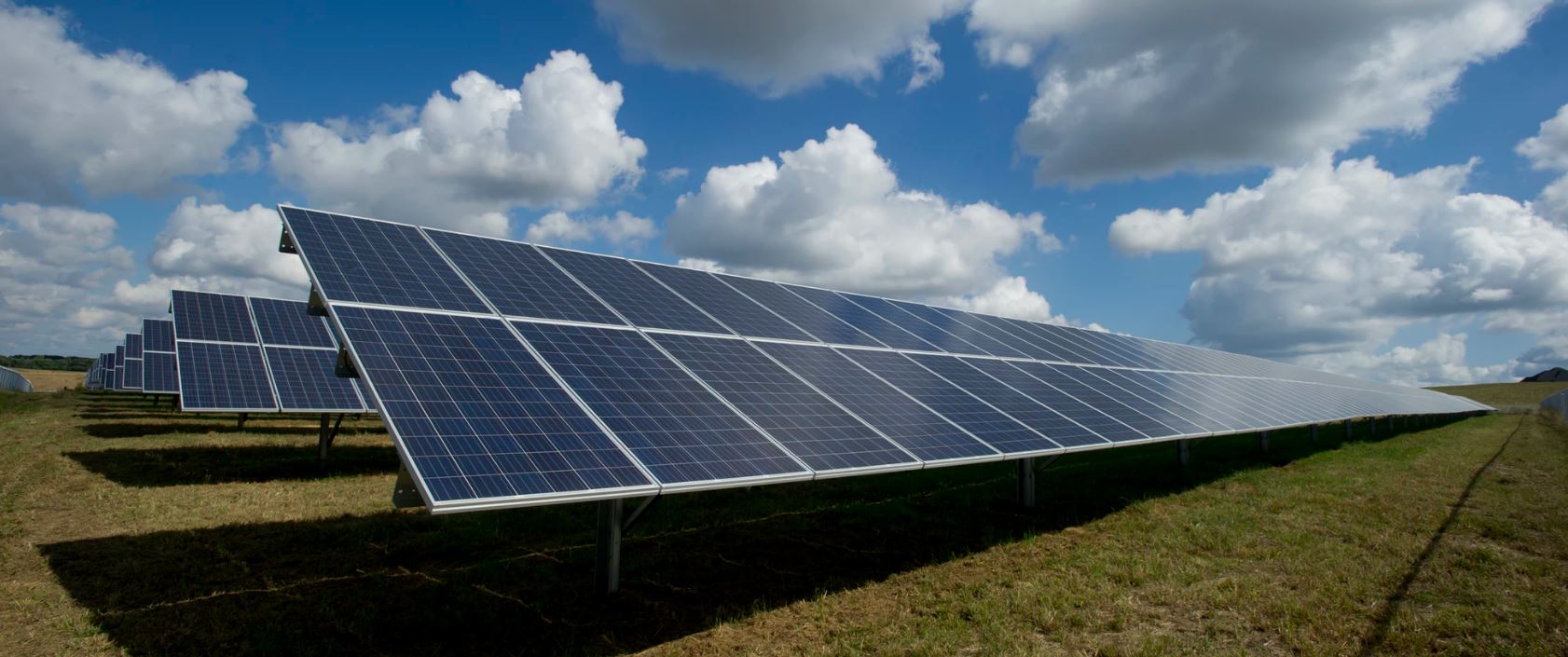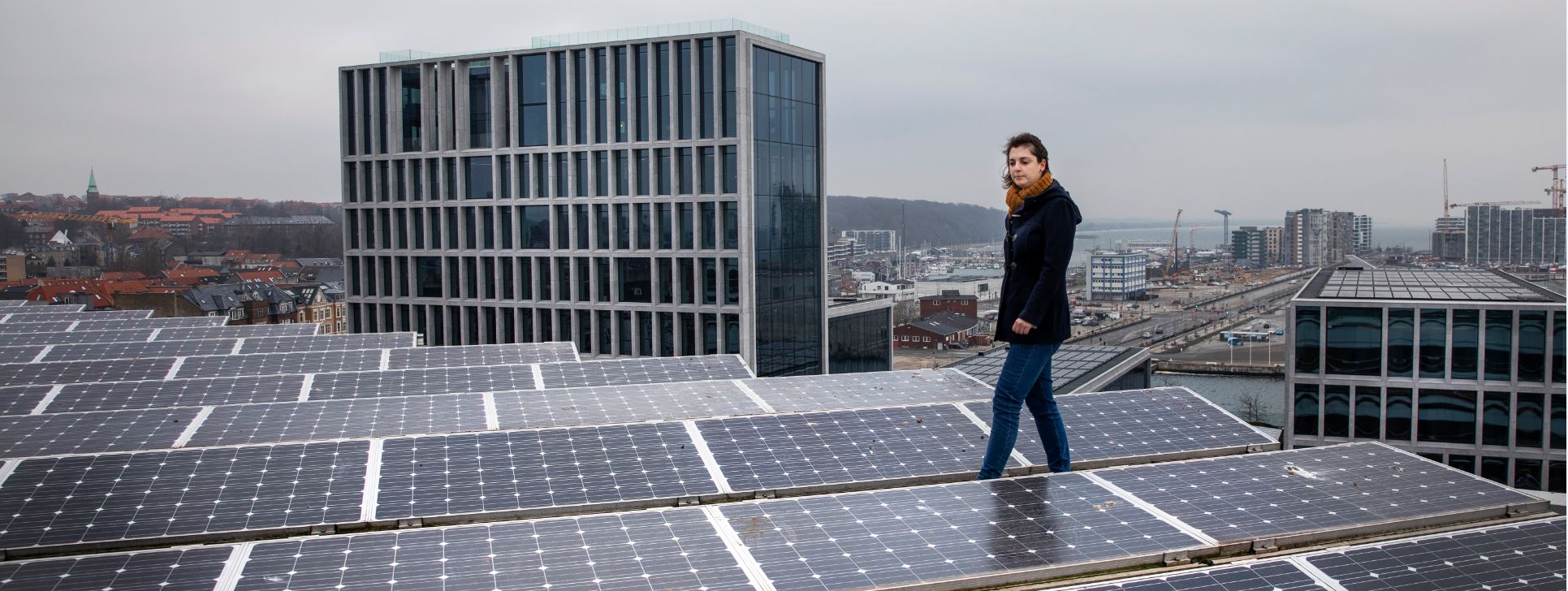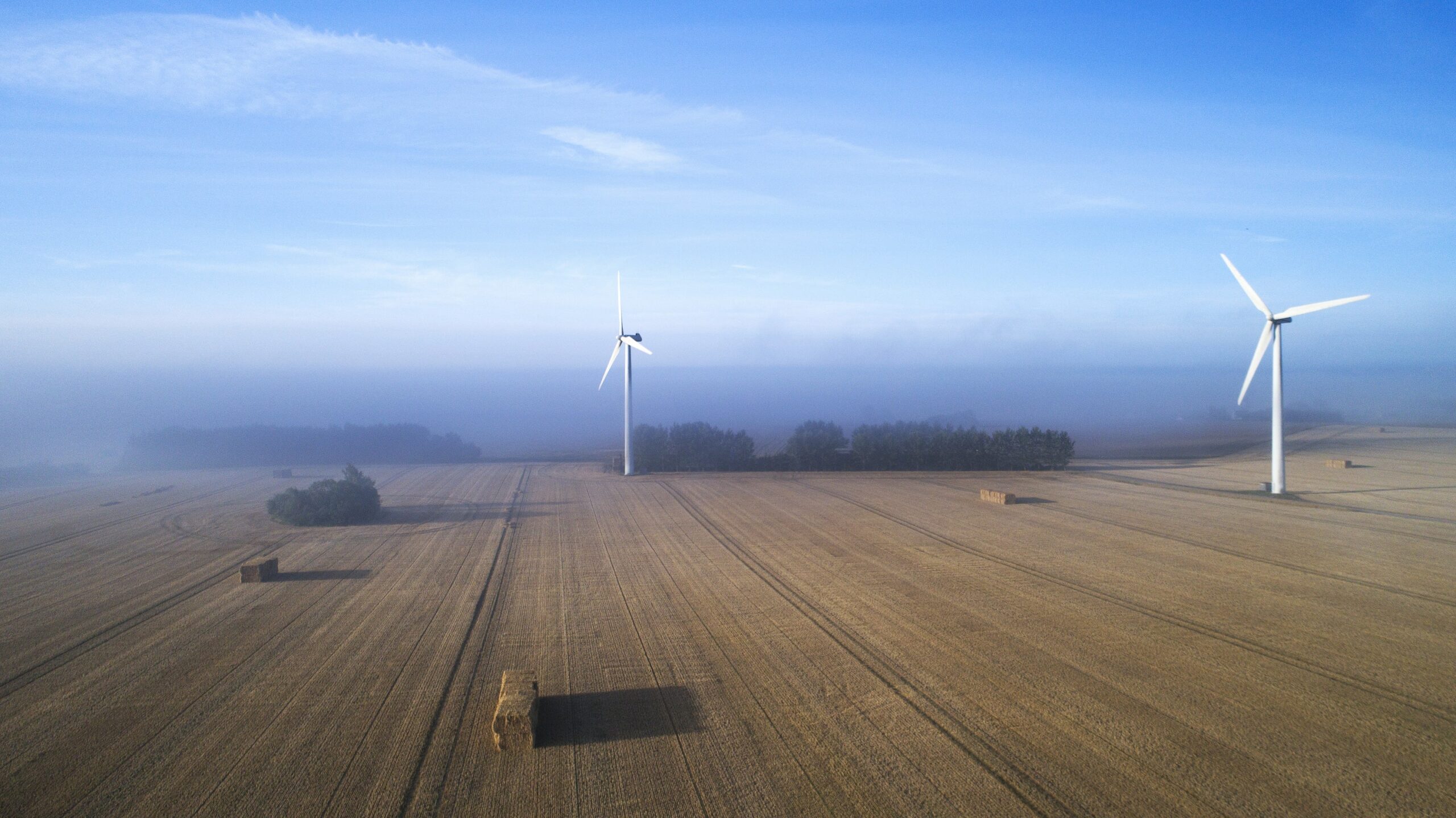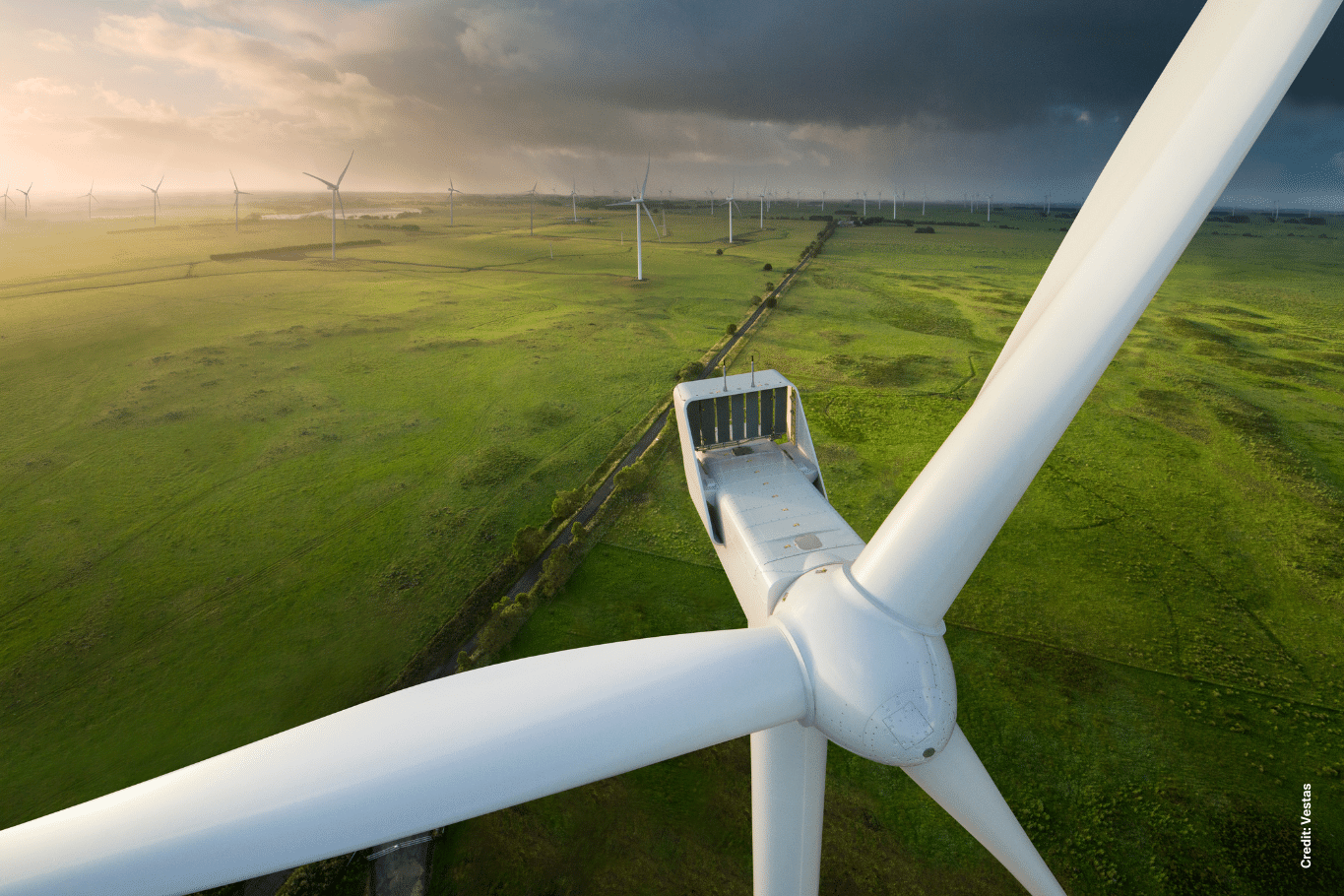News
Solar energy
New report: sticking to the Paris Agreement’s 1.5°C scenario will save us a lot of money


Reports published every year rarely state anything new. An exception to this are reports on future energy consumption, in which technological breakthroughs, plummeting renewable energy prices and increasingly obvious results of climate change are constantly changing the forecasts for the future energy mix, EnergyWatch reports.
Norwegian state-owned utility Statkraft's annual Low emission scenario (Norwegian) is the latest in the series of such, and its latest report is far more optimistic than previously regarding the transition to an electrified society.
The price for this transition will in fact become so low that politicians should discard the Paris Climate Accord's commitment to keep rising global temperatures below 2 degrees Celsius relative to pre-industrial levels, the utility argues.
Instead, the world should aim to keep increases below 1.5 degrees for the simple reason that it would be cheaper to accomplish. But this demands that electrification accelerates immediately, Statkraft writes.
"The solutions to the climate challenges exist, and the costs of an energy transition targeted at a temperature increase of 1.5 degrees is estimated to be significantly cheaper than societal costs incurred by global warming. The big challenge in future will be to plan and mobilise a change fast enough that global warming is reduced to 1.5 degrees," concludes the report, which for the first time looks ahead to 2050.
Part of the equation, however, is that consequences of climate change, not least financial costs, are more clear than ever. "Also as regards extreme weather, the consequences are severe. 62 million people were impacted by natural disasters in 2018. 35 million people were impacted by floods, 9 million people by drought. Two hurricanes, Florence and Michael, hit the US for damages worth USD 49 billion. Extreme weather, after years of decline, has increased world hunger," states the report, citing investment bank Morgan Stanley in writing that climate change-based destruction during the past two years amounted to USD 650 billion.
-Related news: Renewable Energy Outlook 2019: Fulfilling the Paris Agreement via electrification
Solar energy expected to boom
One of the more prominent predictions of Statkraft's report is solar power being catapulted from its current status as a marginal energy source to a dominant position as the world's primary source in 2050.
The utility expects a 30-fold increase of solar power ahead of 2050, meaning solar power will cover 36 percent of global energy consumption by 2050. As early as 2035, Statkraft predicts solar will be the world's primary energy source. In comparison, the utility expects an eightfold increase of wind power, which by 2050 will cover 28 percent of global energy consumption.
Statkraft attributes this prediction to the hastily declining price of solar energy. The price has already plummeted 90 percent within the past 10 years, and the utility expects it to drop another 50 percent ahead of 2050. The wind price, Statkraft projects, will drop 40 percent, and wind demand will plateau around 2030.
Statkraft's forecasts in solar is a veritable explosion as regards impartial organisations' predictions. The International Energy Agency (IEA) expects a somewhat flat development in solar, on par with the 100 GW to be installed this year, ahead of 2050. In comparison, Bloomberg projects in its New Energy Outlook solar demand will rise from 100 GW to 200 GW ahead of 2030, after which demand will fluctuate between 200 GW and 300 GW from 2030 to 2050.
Statkraft, by contrast, expects in exponential increase ahead of 2030, at which time the utility writes that five times the current solar capacity will be installed. Thereafter, demand will plateau somewhat, landing at an annual installation of 600 GW of solar power in 2050.
-Related mews: Nordic ministers join forces to accelerate Paris Agreement policy steps
Hydrogen, much more than hot air
In the transport sector, Statkraft expects a revolution is approaching.
As early as 2025, the utility projects that electric and hydrogen-powered trucks will be competitive with their diesel-fired counterparts, and i 2050 the prediction is that nearly all new passenger cars and about 60 percent of new heavy vehicles will be powered by electricity and hydrogen.
"Hydrogen, however, is a relatively expensive energy form, but we expect that, in parallel with rising ambitions and targets of 90-percent reductions of CO2 emissions, the more expensive technologies will enter the stage," said Statkraft Senior Vice President of Strategy & Analysis Henrik Sætness.
A large part of the transition will, according to Statkraft, be carried by the free market and price developments in renewable versus fossil energy. But if temperature increases are to be kept below 1.5 degrees and climate change-related expenses minimized, this will demand acceleration in both business and policy, according to Sætness.
"If the energy markets are to succeed in keeping below 1.5 degrees, all initiatives must increase, and they must be implemented even sooner than planned. Our analysis shows that the 1.5-degree target is achievable, but this is urgent and will take a considerable effort from both politicians and businesses," said Henrik Sætness.
According to Statkraft, it will take 1 per cent of the world's GDP to keep the temperature increase below 2 degrees, while another 1 per cent would have to be invested to keep it below 1.5 degrees.
Key figures from the Low emission scenario
- The price of solar power will drop 50 percent ahead of 2050 (it has already dropped 90 percent during the past decade)
- The price of wind power will drop 40 percent ahead of 2050 (it has already dropped 70 percent during the past decade)
- There will be 30 times as much solar and eight times as much wind power in the world by 2050 as there is today
- From 2035, solar will be the world's primary energy source. The world double its energy consumption in 2050 compared to today
- Electric passenger cars and trucks will mean the transport sector will use twenty times as much energy in 2050 as the current level
- The energy sector will emit 44 percent less CO2 in 2050 than it currently does. Gas will be the major CO2 emitter of the future energy sector
- The world will be 62 percent more energy-efficient in 2050. Source: Statkraft, Globale energitrender og norske muligheter 2019
Read the full report (in Norwegian)
Source
EnergyWatch (subscription required)
Photo
American Public Power Association (publicpower.org) at Unsplash















